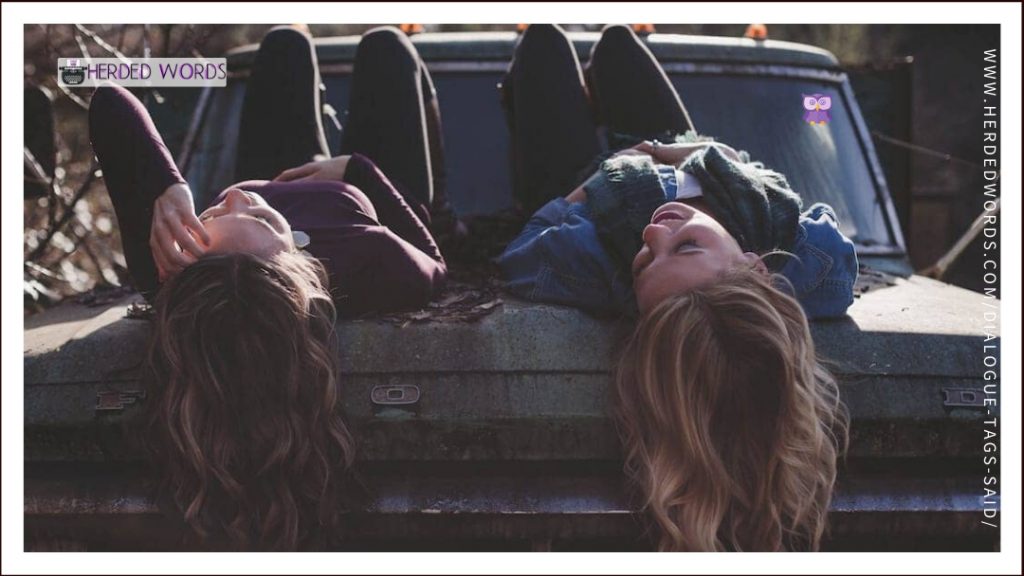
Listen to this post
Herdedwords.com uses affiliate links. This means we receive a commission on the sale of certain items. This is at NO additional cost to you. Visit the policies page to learn more.
There are a million dialogue tags you could be using. Said is not the only dialogue tag you should use but it’s the only one you should start with. You might, might, change one or two in editing but said is almost always going to be the best choice.
Table of Contents
What is a Dialogue Tag?
A dialogue tag lets the reader know who’s speaking. Let’s look at a passage from RUMPELSTILTSKIN:
She sat down in one corner of the room, and began to bewail her hard fate; when on a sudden the door opened, and a droll-looking little man hobbled in, and said, ‘Good morrow to you, my good lass; what are you weeping for?’ ‘Alas!’ said she, ‘I must spin this straw into gold, and I know not how.’ ‘What will you give me,’ said the hobgoblin, ‘to do it for you?’ ‘My necklace,’ replied the maiden.
In this case, the dialogue tags were
- a droll-looking little man said
- said she
- said the hobgoblin
- replied the maiden
A dialogue tag has two parts: who’s speaking (a droll-looking little man, she, the hobgoblin, the maiden) and how they’re speaking (said, said, said, replied).
Examples of Dialogue Tags
I checked the beginning of some bestselling and award-winning novels for their usage of dialogue tags. Here are the results.
FIFTY SHADES OF GREY
FIFTY SHADES OF GREY, published in 2011, is a romance novel by E. L. James. It’s book 1 in the Fifty Shades trilogy.
FIFTY SHADES OF GREY spent 29 weeks at #1 on the NYT bestseller list. By June 2015 it had sold over 125 million copies worldwide. The movie was released in 2015.
Dialogue Tags: Chapter 1
There are 127 lines of dialogue in Chapter One of FIFTY SHADES OF GREY. No dialogue tag, description, action, and said makeup over 80% of all the dialogue tags used.
Here’s the breakdown of dialogue tags:
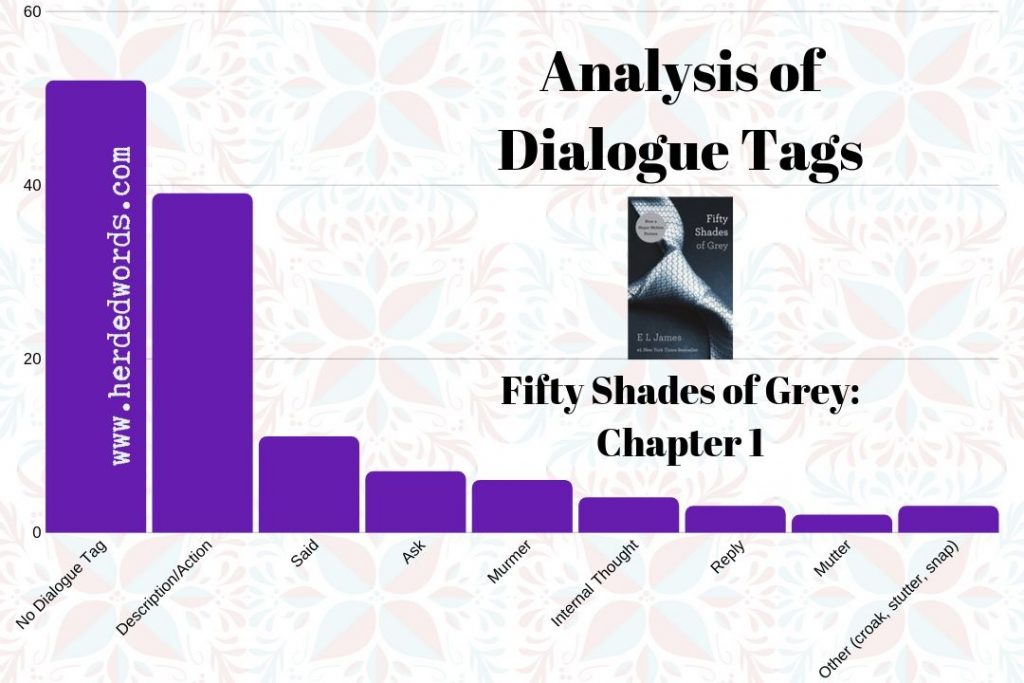
- No dialogue tag: 52 times (40.94%)
“Of course I’ll go Kate. You should get back to bed. Would you like some Nyquil or Tylenol?”
- Description or Action instead of dialogue tag: 39 times (30.71%)
“Miss Steele, could you wait here, please?” She points to a seated area of white leather chairs.
- Said: 11 times (8.66%)
“Mr. Grey will see you now, Miss Steele. Do go through,” Blonde Number Two says.
- Ask: 7 times (5.51%)
“Don’t you have a board to answer to?” I ask, disgusted.
- Murmur: 6 times (4.72%)
“Oh. I’ll bear that in mind,” I murmur, completely confounded. “Though I’m not sure I’d fit in here.” Oh no. I’m musing out loud again.
- An internal thought: 4 times (3.15%)
“It’s obvious, isn’t it?” I’m uncoordinated, scruffy, and I’m not blonde.
- Reply: 3 times (2.36%)
“Christian,” I reply. And mercifully, the doors close.
- Mutter: 2 times (1.57%)
“Very well, Mr. Grey,” she mutters, then exits. He frowns, and turns his attention back to me.
- Croak, stutter, snap: 1 time, each (0.08% each)
“Yes,” I croak, and clear my throat. “Yes.” There, that sounded more confident.
ME BEFORE YOU
ME BEFORE YOU, published in 2012, is a women’s fiction novel by Jojo Moyes. ME BEFORE YOU is book 1 of the Me Before You Trilogy.
ME BEFORE YOU spent 7 weeks at #1 on the NYT Bestseller List. It has sold over 14 million copies worldwide. The movie was released in 2016.
Dialogue Tags: Prologue & Chapter 1
There are 129 lines of dialogue in the Prologue and Chapter One of ME BEFORE YOU. No dialogue tag, description, action, and said makeup over 95% of all the dialogue tags used.
Here’s the breakdown of dialogue tags:
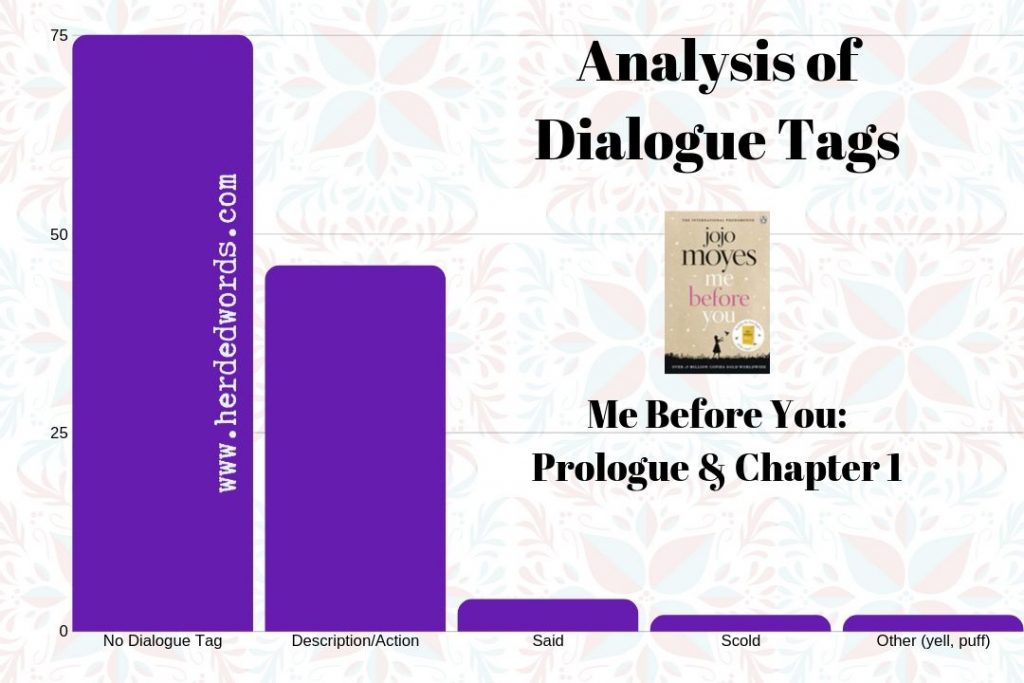
- No dialogue tag: 75 times (58.14%)
“What’s the problem?”
- Description or Action instead of dialogue tag: 46 times (35.66%)
She narrows her eyes. “Dinner. With or without Mr. BlackBerry?”
- Said: 4 times (3.10%)
“Jesus Christ,” said my father. “Can you imagine? If it wasn’t punishment enough ending up in a ruddy wheelchair, then you get our Lou turning up to keep you company.”
- Scold: 2 times (1.55%)
“Bernard!” my mother scolded.
- Yell, Puff: 1 time, each (0.08% each)
“Run with me,” he puffed, as he got closer. His breath came in pale clouds. “I’ve got four laps to go.”
THE LOST SYMBOL
THE LOST SYMBOL, published in 2009, is a mystery, thriller & suspense novel by Dan Brown.
THE LOST SYMBOL spent 10 weeks at #1 on the NYT Bestseller List. Between 2009 and 2018, Dan Brown spent a total of 22 weeks at #1 on the NYT Bestseller list.
Dialogue Tags: Prologue & Chapters 1-6
There are 103 lines of dialogue in the Prologue and Chapter One to Six of THE LOST SYMBOL. No dialogue tag, description, action, and said makeup over 79.61% of all the dialogue tags used.
Here’s the breakdown of dialogue tags:
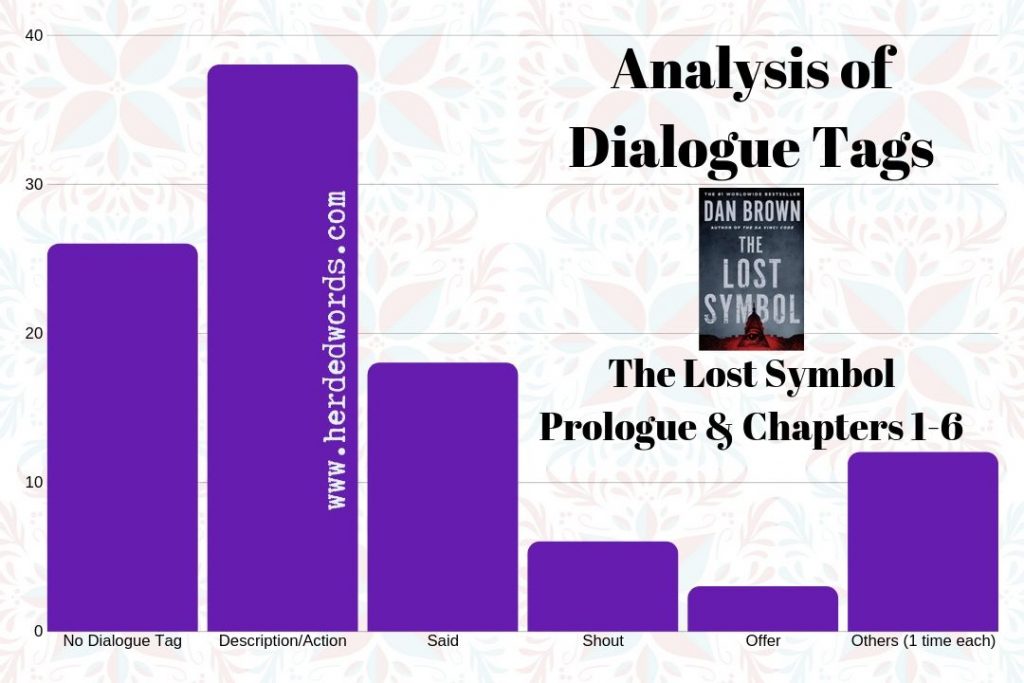
- No dialogue tag: 26 times (25.24%)
“Dad, I don’t think—”
- Description or Action instead of dialogue tag: 38 times (36.89%)
He opened the passenger door. “Good evening, sir. Welcome to Washington.”
- Said: 18 times (17.48%)
“Take the oath,” the Worshipful Master said, his voice soft like falling snow. “Complete your journey.”
- Shout: 6 times (5.83%)
“Awesome!” somebody shouted.
- Offer: 3 times (2.91%)
“Actually,” another student offered, “I think Washington is lowering the rock. He’s wearing a Masonic costume. I’ve seen pictures of Masons laying cornerstones before. The ceremony always uses that tripod thing to lower the first stone.”
- 12 different tags: 1 time, each (0.97% each)
“It is time,” a voice whispered.
THE STONE SKY
THE STONE SKY, published in 2017, is a science fantasy novel by N. K. Jemisin. It’s book 3 in the Broken Earth trilogy.
THE STONE SKY won the 2018 Hugo Award. All three books in the trilogy won Hugo Awards.
Dialogue Tags: Prologue & Chapter
There are 68 lines of dialogue in Chapter One of THE STONE SKY (note: there are none in the prologue). No dialogue tag, description, action, and said make up over 89% of all the dialogue tags used.
Here’s the breakdown of dialogue tags:
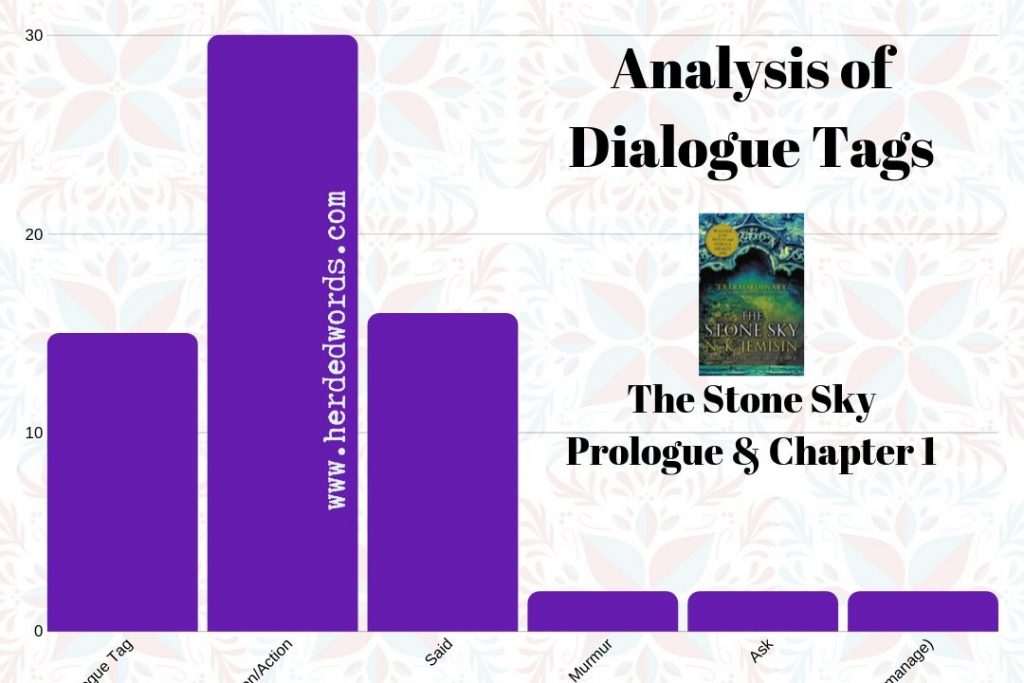
- No dialogue tag: 15 times (22.06%)
“Yes. And I’m guiding them there.”
- Description or Action instead of dialogue tag: 30 times (44.12%)
Tonkee leans in. “What did you dream?”
- Said: 16 times (23.53%)
“Help me up,” you say.
- Murmur: 2 times (2.94%)
Using this light, he leans in and peers closely at your eyes. “Pupils contracting normally,” he murmurs to himself.
- Ask: 2 times (2.94%)
“How do you feel?” he asks.
- Reply, Manage: 1 time, each (1.47% each)
“Happening,” you manage.
ALL THE LIGHT WE CANNOT SEE
ALL THE LIGHT WE CANNOT SEE, published in 2014, is a historical fiction novel by Anthony Doerr.
ALL THE LIGHT WE CANNOT SEE won the 2015 Pulitzer Prize for Fiction. It also spent 1 week at #1 on the NYT Bestseller List.
Dialogue Tags: To “Take Us Home”
There are 65 lines of dialogue in ALL THE LIGHT WE CANNOT SEE up until chapter “Take us Home”. No dialogue tag, description, action, and said make up over 86% of all the dialogue tags used.
Here’s the breakdown of dialogue tags:
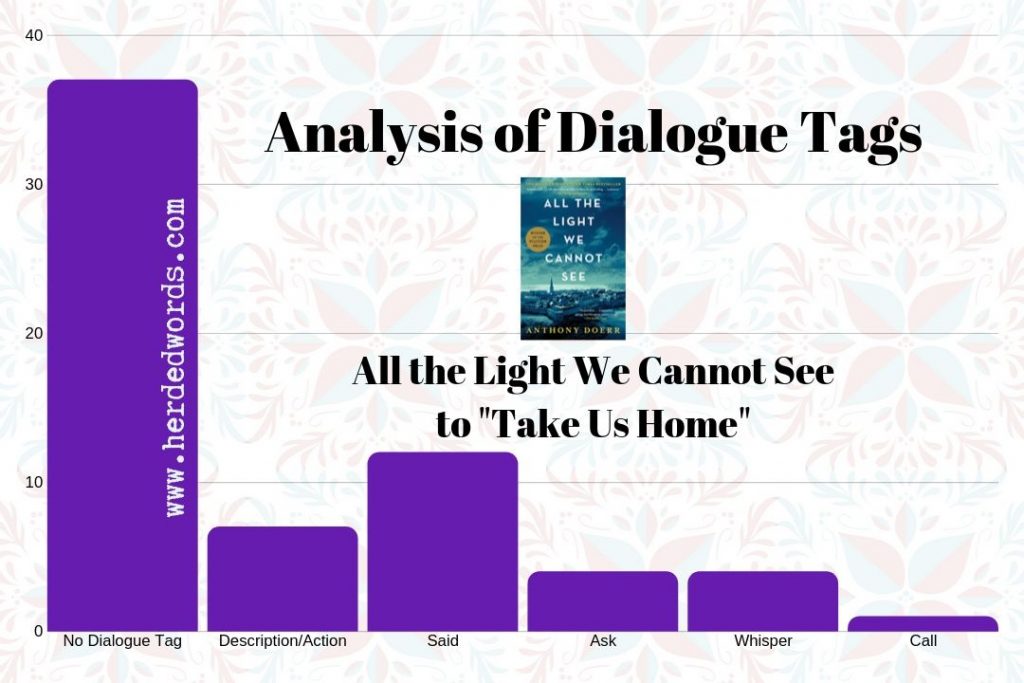
- No dialogue tag: 37 times (56.92%)
“A fourth door, and a fifth, on and on until you reach a thirteenth, a little locked door no bigger than a shoe.”
- Description or Action instead of dialogue tag: 7 times (10.77%)
“Behind the thirteenth door”—the guide flourishes one of his impossibly wrinkled hands—“is the Sea of Flames.”
- Said: 12 times (18.46%)
Werner says, “It’s starting?”
- Ask: 4 times (6.15%)
“This is it?” he asks. “They’re really coming?”
- Whisper: 4 times (6.15%)
“Papa?” she whispers.
- Calls: 1 time (1.54%)
“Get to the cellar,” he calls over his shoulder, and Werner switches on his field light, rolls his blanket into his duffel, and starts down the hall.
ANCILLARY JUSTICE
ANCILLARY JUSTICE, published in 2013, is a Science Fiction novel by Ann Leckie. It’s book 1 in the Ancillary World trilogy.
ANCILLARY JUSTICE won the 2014 Hugo Award. Fox Television Studies has purchased the option to create a TV series.
Dialogue Tags: Chapters 1+2
There are 78 lines of dialogue in Chapters 1 and 2 of ANCILLARY JUSTICE. No dialogue tag, description, action, and said make up over 88% of all the dialogue tags used.
Here’s the breakdown of dialogue tags:
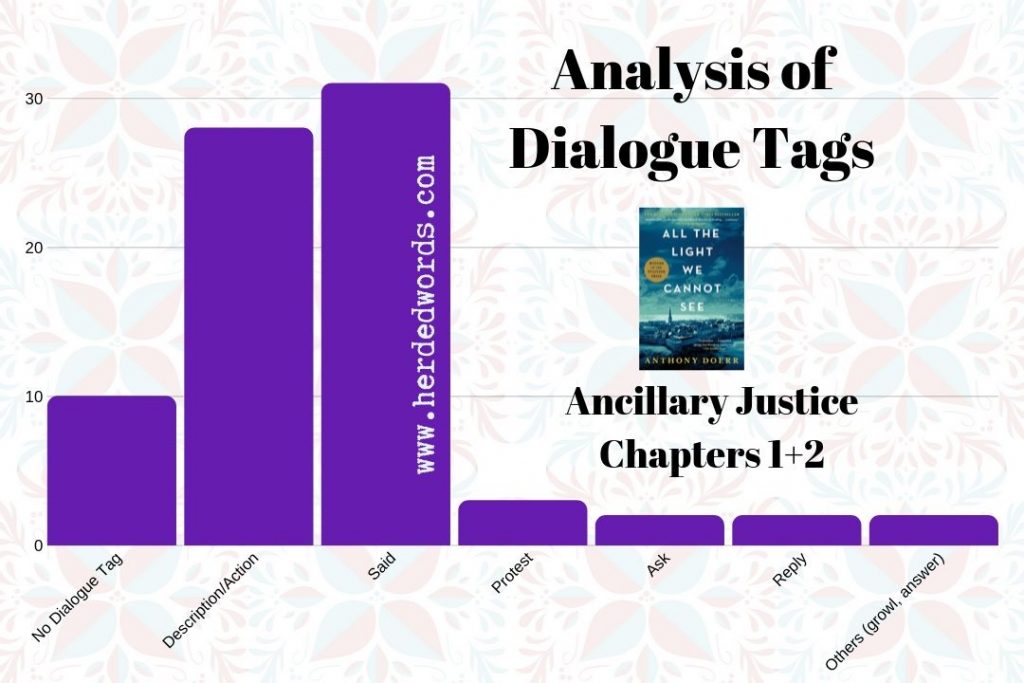
- No dialogue tag: 10 times (12.82%)
“Your money better be good.”
- Description or Action instead of dialogue tag: 28 times (35.9%)
“I’m not Radchaai.” Which was true. You have to be human to be Radchaai.
- Said: 31 times (39.74%)
“Complete,” I said. “Not used.”
- Protest: 3 times (3.85%)
“We wouldn’t…” protested Lieutenant Awn.
- Ask: 2 times (2.56%)
“What’s your name?” I asked. No answer.
- Reply: 2 times (2.56%)
“I take no offense, Divine,” I replied.
- Growl, Answer: 1 time, each (1.28% each)
“What do you want?” growled the shopkeeper.

How to Use Dialogue Tags when Writing a Novel
The simplest way to use dialogue tags is to write “____ said” for every piece of dialogue in your first draft.
Then when you edit, you can remove as many as possible. When you’re removing them, some might be best if they’re changed to an action or description.
For example:
“Fine,” she said.
Could become:
“Fine.” no dialogue tag
or
She sighed. “Fine.” an action instead of a dialogue tag
In the final edit, you could decide if a few dialogue tags might be better as something else – whispered, shouted, mumbled, etc.,
Don’t believe me? Think said is dead? Skimmed over reading the examples above?
Check out this chart. It shows the dialogue tags at the start of 6 different novels (three bestsellers and three award-winners):
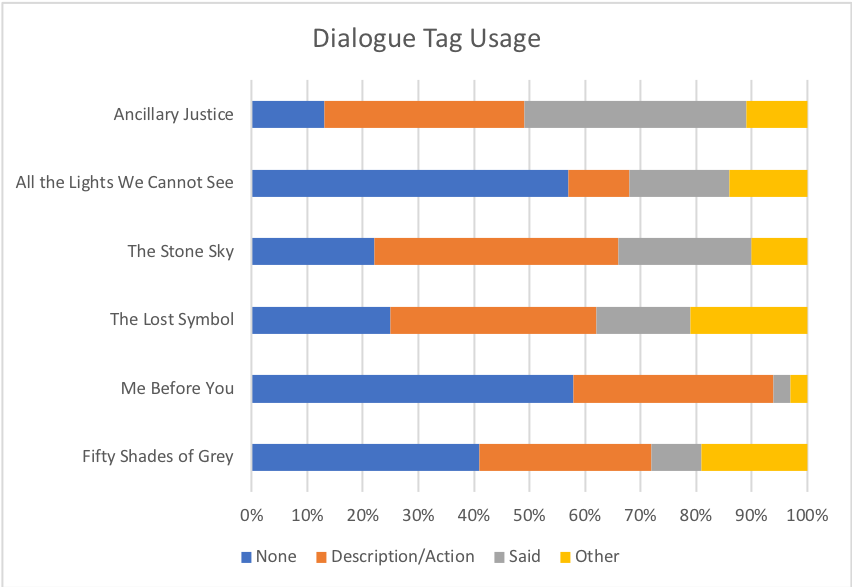
The “other” section of each one tends to be the smallest. Other included dialogue tags like whisper, shout, ask, croak, mutter and many more.
No dialogue tag, descriptions or actions, and said are the majority (79% or better) of all six examples. It doesn’t matter what type of fiction you want to write – bestselling fiction, award-winning fiction or both – you don’t need to be creative with your dialogue tags.
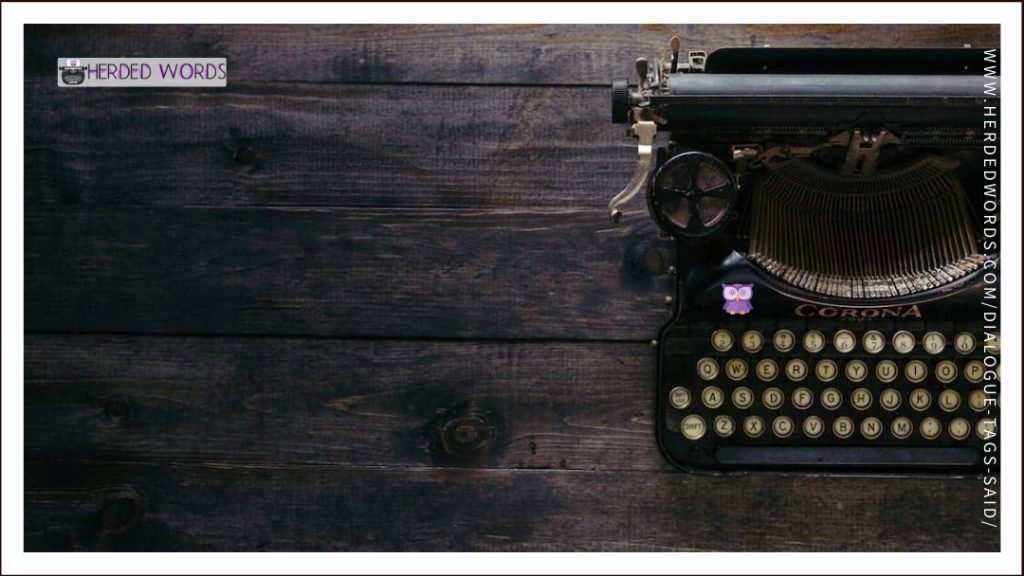
Writing Practice
Today we’re going to practice writing dialogue tags with some writing exercises and prompts.
We’ll be examining and modifying sections of LITTLE RED RIDING HOOD. We’ll be using the version LITTLE RED CAP written by the Brothers Grimm. If you’re not familiar with the story, take 5 minutes to give it a read.
We’ll also be trying to write some of our own dialogue.
Exercise: Evaluate & Edit Dialogue Tags
The excerpt below has been modified from the original. It is 78 words.
Your Task: Complete the following:
- Are all the “___ said” necessary?
o Why or why not?
- Remove any dialogue tags you think are unnecessary.
- Change any dialogue tags you think would be better as something other than ‘said.’
- Compare your changes with the original.
o What are the differences?
o Why do they differ?
o Which is better? Why?
LITTLE RED-CAP Excerpt
‘Oh! grandmother,’ Little Red Cap said, ‘what big ears you have!’
‘The better to hear you with, my child,’ her grandmother said.
‘But, grandmother, what big eyes you have!’ Red said.
‘The better to see you with, my dear,’ grandmother said.
‘But, grandmother, what large hands you have!’ Red said.
‘The better to hug you with,’ grandmother said.
‘Oh! but, grandmother, what a terrible big mouth you have!’ Red said.
‘The better to eat you with!’ Grandmother said
Exercise: Expand Dialogue
The excerpt below is 114 words. Turn it into an interesting conversation.
Your Task: Change the following dialogue into a full conversation with at least 12 lines of dialogue.
- In your first draft, use ‘____ said’ as the only dialogue tag.
- In your second draft, remove any ‘____ said’ you feel are unnecessary. Add some action and description.
- In your final revision, you may (but are not required to) change a couple of dialogue tags to something other than said. Do this sparingly.
LITTLE RED-CAP Excerpt
One day her mother said to her: ‘Come, Little Red-Cap, here is a piece of cake and a bottle of wine; take them to your grandmother, she is ill and weak, and they will do her good. Set out before it gets hot, and when you are going, walk nicely and quietly and do not run off the path, or you may fall and break the bottle, and then your grandmother will get nothing; and when you go into her room, don’t forget to say, “Good morning”, and don’t peep into every corner before you do it.’
‘I will take great care,’ said Little Red-Cap to her mother, and gave her hand on it.
Need an idea?
- Turn the conversation into an argument between Red and her mother. Add threats of punishment if Red doesn’t do it. Make Red complain about how heavy the basket is.
- Modernize it. Instead of walking through the woods, she has to walk to the subway and take a train to her grandmothers. And/or she has to stop at the convenience store along the way.
Ultimately, this is your exercise. Do whatever interests you.
Exercise: LITTLE RED Adaptation
In the Guide to Plot post, exercise #4 had you plot your own LITTLE RED RIDING HOOD adaptation.
Your Task: Look at the plot you designed and write some dialogue for it.
Choose any point in your story you want, you don’t have to start at the beginning. Choose any characters you want – there can be two, three, four or more. They don’t have to be the main characters.
Be creative! Have fun with it. Write like you’re the only one reading it – because right now you are.
Exercise: Your Story
Instead of (or in addition to) doing exercise #3 for your LITTLE RED RIDING HOOD adaptation, do it for your novel (idea).
Exercise: Analyze Dialogue Tags
Check the dialogue tags in some of your favorite novels and some novels in the genre you (want to) write in. How often do they use ‘other’ dialogue tags? How often is there no dialogue tag? What kind of description/action are they using instead of dialogue tags?
Every genre is a little bit different, but in general – none, description/action and said are going to be the majority of dialogue tags.
Dialogue Tags: Said is Best!
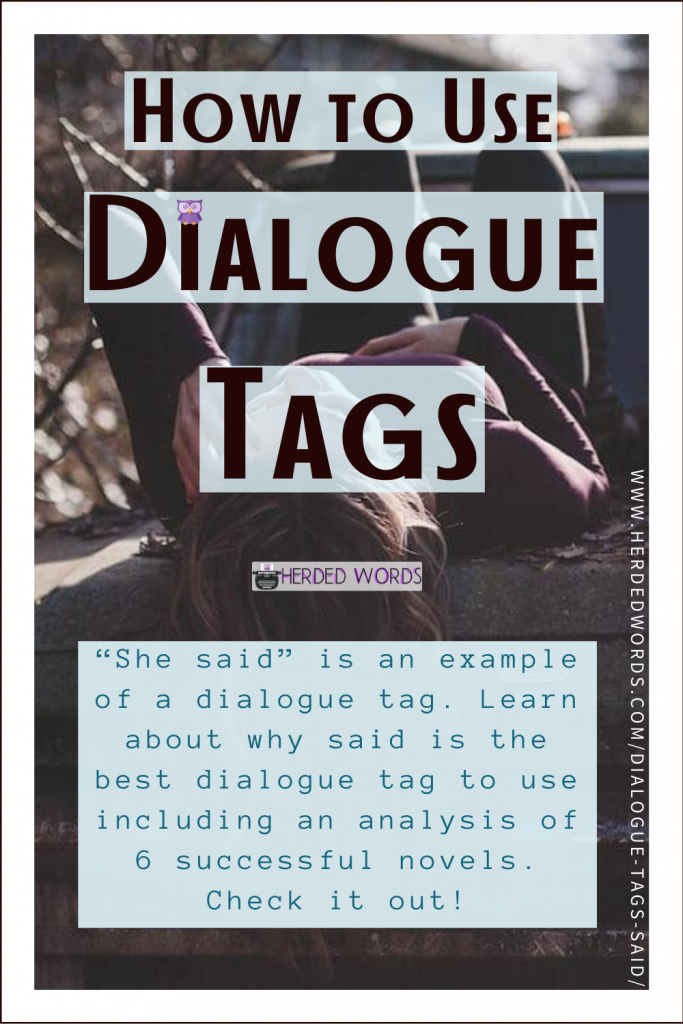
Dialogue is hard, don’t make it harder by using unnecessary dialogue tags. Using none, a description/action or said is almost always going to be enough.
When you’re comfortable with dialogue, it’s time to master show & tell. Check out How to Use Show & Tell in a Novel next.
Like this post? Please PIN IT and follow me on social media. Thanks!
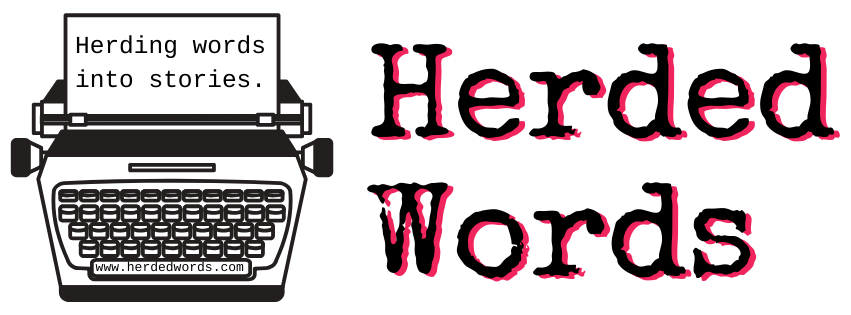
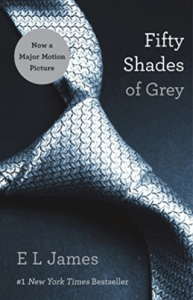
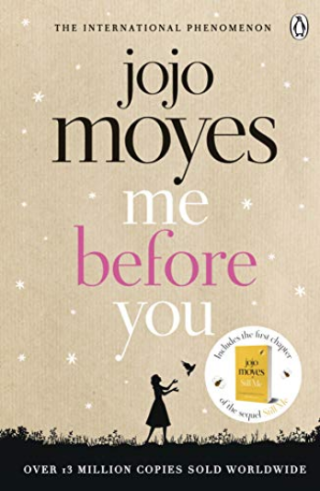
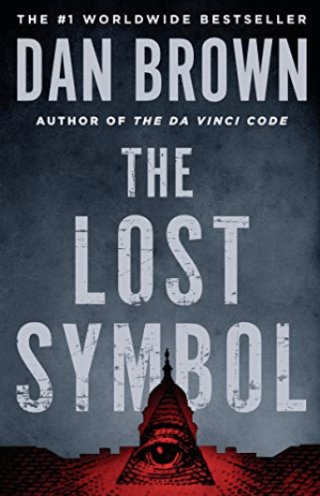
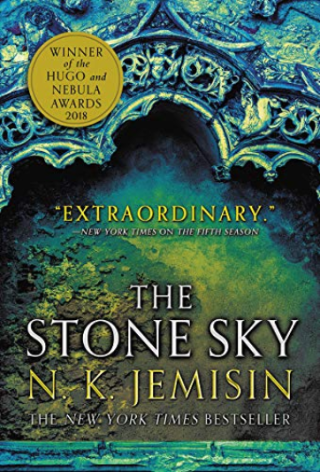
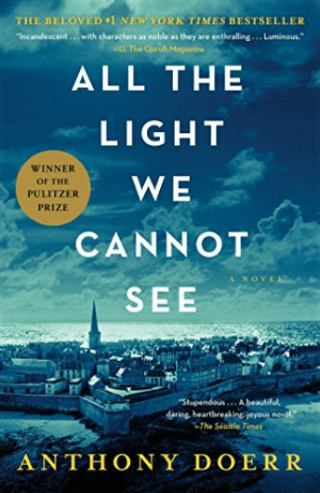
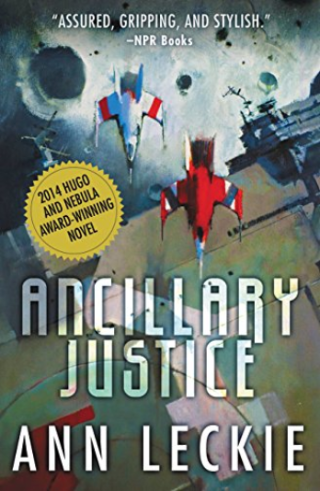

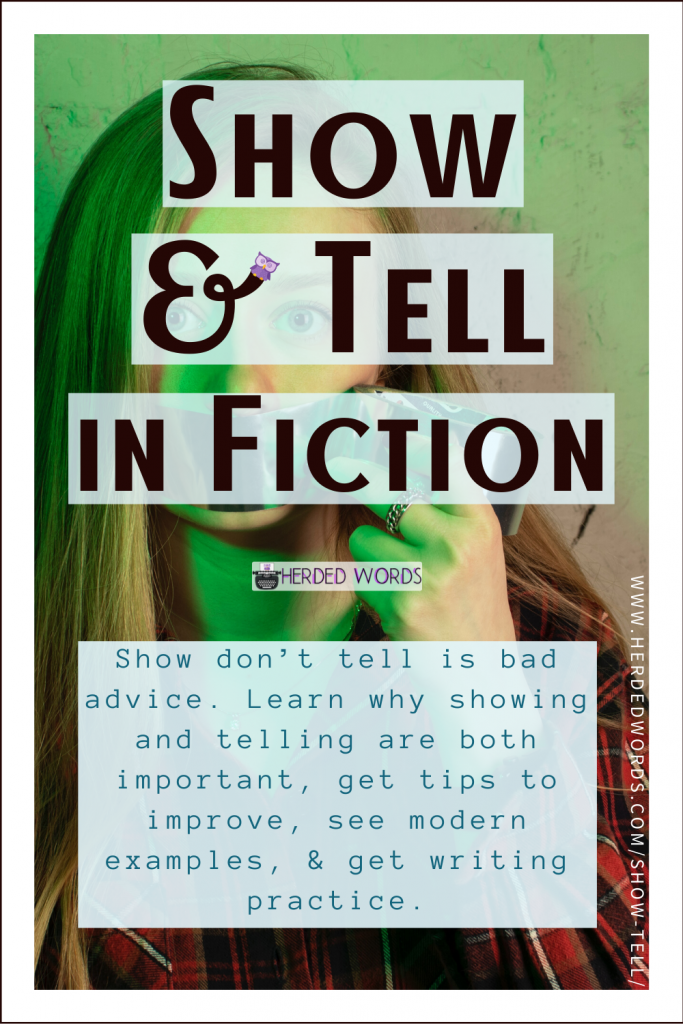






Trackbacks/Pingbacks